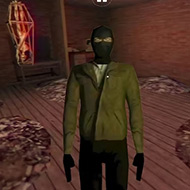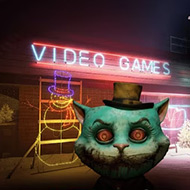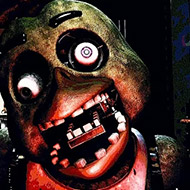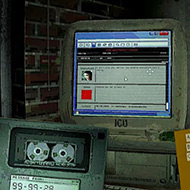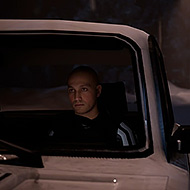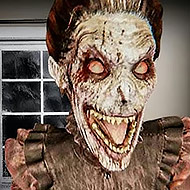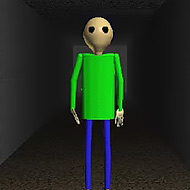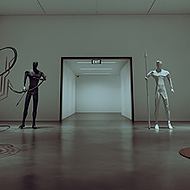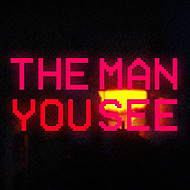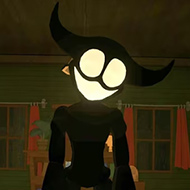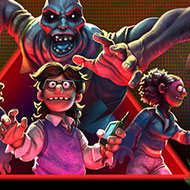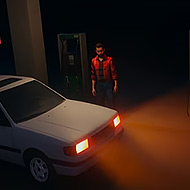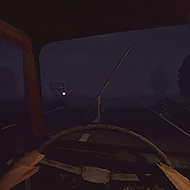The Condition is an immersive psychological exploration that blurs the line between mystery and survival. Set in a quiet research complex where time and memory collapse into one another, the game challenges players to navigate a shifting environment that reacts to their every decision. The central premise is simple yet unsettling: diagnose the “condition” spreading through the facility before it consumes reality itself. Every observation, every small action, alters the outcome in ways that feel both logical and haunting.
Unraveling the Diagnosis
The gameplay in The Condition centers on investigation, analysis, and psychological endurance. Players must monitor environmental cues — flickering lights, distorted sound, and inconsistent architecture — that indicate the world’s stability. The further you progress, the more the facility reveals itself as both a physical and mental maze. Clues are never handed directly; they are scattered through documents, overheard transmissions, and recurring visions that test perception.
- Environmental Observation: Track subtle visual and auditory signs of reality decay.
- Memory Reconstruction: Reassemble fragments of lost recordings to uncover cause and effect.
- Multiple Hypotheses: Interpret evidence in different ways, leading to variable outcomes.
- Adaptive Progression: The environment shifts depending on your diagnostic approach.
The Facility and Its Secrets
The research complex is more than a backdrop — it’s an evolving organism. Rooms change structure, notes rewrite themselves, and shadows respond to your choices. The Condition builds tension not through combat but through uncertainty. Every hallway hides data that may expose a truth or deepen the illusion. This constant instability forces players to rely on logic, intuition, and pattern recognition to survive both physically and psychologically.
- Dynamic Layout: Corridors reconfigure as stability decreases.
- Symbolic Objects: Tools and equipment carry metaphorical meaning.
- Hidden Protocols: Unlock sealed areas by decoding operational codes.
- Fragmented Audio: Each recording gives insight into the collapsing timeline.
The Science of Fear
The Condition approaches horror scientifically. It doesn’t rely on sudden shocks but rather on the slow realization that your understanding of the world is incomplete. The “condition” is not only biological but cognitive — a test of how players process information and emotion. Success depends on adapting to uncertainty rather than resisting it. The deeper the analysis, the closer the truth — though the truth may not offer comfort.
- Perceptual Drift: The interface itself may distort as your mental state changes.
- Reality Tests: Simple puzzles that question what is real within the simulation.
- Branching Conclusions: Each hypothesis ends the game differently.
- Immersive Feedback: Music and visuals respond directly to analytical behavior.
Finding Clarity in Confusion
The Condition transforms exploration into introspection. It’s less about escaping danger and more about confronting the nature of understanding itself. Each discovery feels earned through logic and persistence. When the credits roll, the question remains — did you diagnose the world, or did it diagnose you? The game leaves you with that ambiguity, long after you’ve left its shifting corridors behind.














































